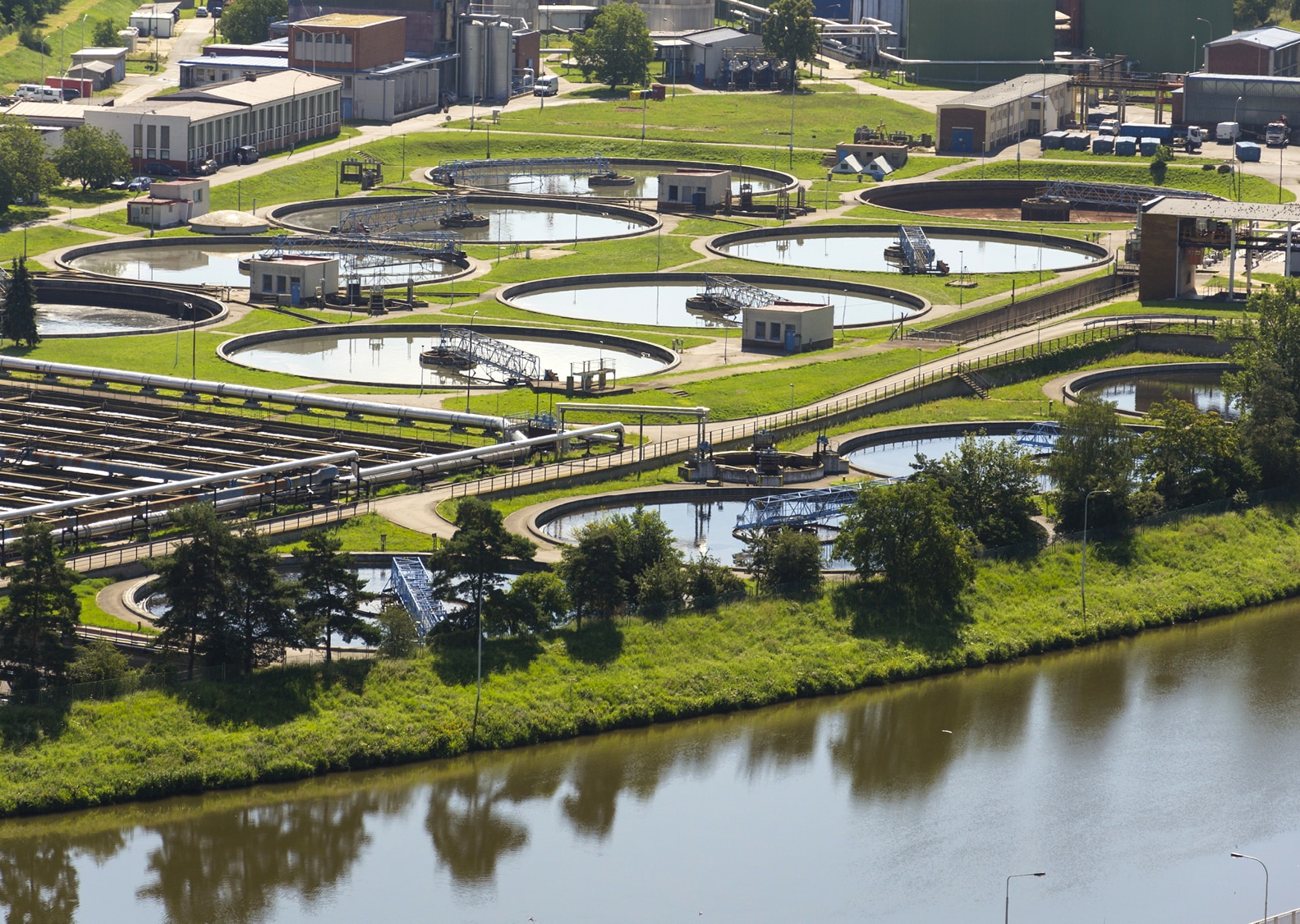
A recent Environmental Protection Agency (EPA) proposal that would heavily regulate several Per- and Polyfluoroalkyl Substances, better known as PFAS, in water systems throughout the country has quickly emerged as one of the most pressing issues for many of our largest water industry clients. STV, with its unique mix of water and wastewater infrastructure planning and design expertise, along with our team of in-house economists and federal grants experts, is well positioned to support our clients who will need to quickly pivot to procure funding and develop new PFAS treatment systems and monitoring requirements to meet these proposed regulations.
PFAS are a family of chemicals that for decades have been used extensively in consumer products and in industrial settings. Unfortunately, they have earned the moniker “forever chemicals” because they remain in the environment for an extensive period of time, and have been linked to serious health effects, including reproductive health issues, decreased immune response and increased risk of cancers, when found in drinking water.
Several states, primarily in the Northeast, but also California, Washington, Colorado, Alaska, New Mexico, Nevada, Michigan, Minnesota and North Carolina, have implemented some level of PFAS regulation in recent years. But in many of STV’s key markets, including Texas and Oklahoma, this is not the case, which means our clients are going to need to get up to speed quickly on what PFAS are, where they come from, proposed monitoring and reporting requirements and how they can be removed from the water system.
As part of a broader level to bolster public health across the country, by the end of 2023, EPA’s National Primary Drinking Water Regulation stands to regulate PFOA and PFOS as individual contaminants, and four other PFAS – PFNA, PFHxS, PFBS, and GenX Chemicals as a mixture. EPA is proposing to regulate PFOA and PFOS at a level they can be reliably measured at 4 parts per trillion and PFNA, PFHxS, PFBS, and GenX Chemicals at a combined hazard index of 1. For our clients who have not been previously subject to these regulations, STV’s water team has in-house experience developing PFAS monitoring and removal infrastructure in a wide range of scenarios, from designing filtration systems at single treatment facilities in suburban/urban settings, to preparing a master plan for a water system with several points of entries.
In any setting, our experts have heard from clients and understand some of the complexities that come with testing and monitoring for PFAS and are willing to work with them over the long haul to make sure they are comfortable operating their updated systems. We also have a team that has experience working with the two primary filtration technologies – activated carbon and ion exchange – and are aware of the situational advantages and constraints related to each, allowing us to help develop innovative and customized solutions for clients.
To support these initiatives, the federal Bipartisan Infrastructure Law provides $9 billion to invest in drinking water systems specifically impacted by PFAS and other emerging contaminants, while there are billions more available from other federal grants programs. Since its passage in 2021, STV’s team of funding experts have been working with clients representing all of our key market areas to successfully secure millions of dollars in grants let by the Bipartisan Infrastructure Law.
It’s that mix of diversified experience and client focus that has enabled STV to help our clients approach PFAS treatment thoughtfully. We will continue to track new technologies and treatment strategies so that our clients are not defined by the emerging challenges associated with PFAS regulations, but rather by the results of their successfully delivered infrastructure investments.

Swaroop Puchalapalli, P.E., is STV’s water treatment lead and is a subject matter expert to clients in PFAS treatment solutions and other water technology. He has more than 18 years of industry experience and is a long-standing member of the American Water Works Association, Water Environment Association of Texas, the American Society of Civil Engineers and the Long Island Water Conference.






